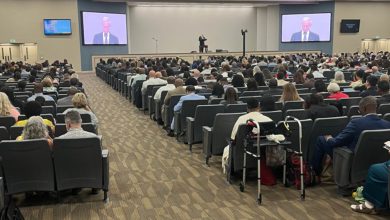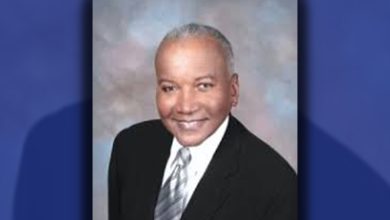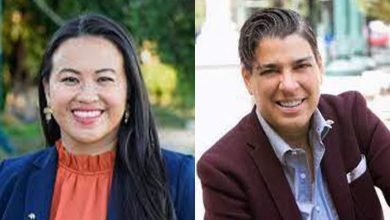Former Assemblymember Sandré Swanson Running for State Senate 7th District Seat
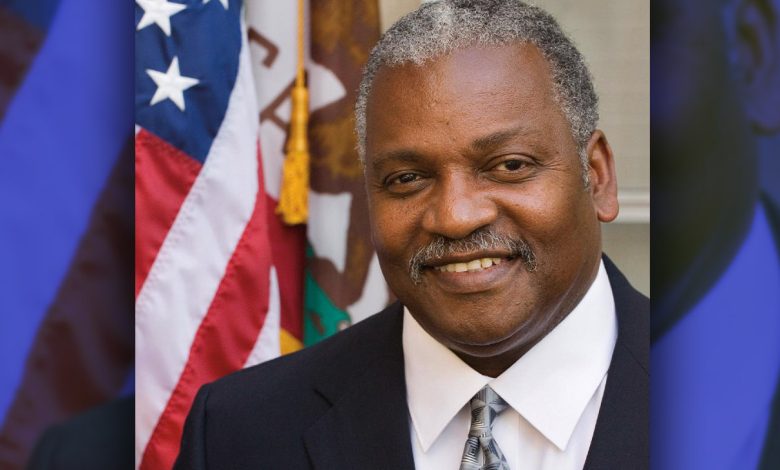
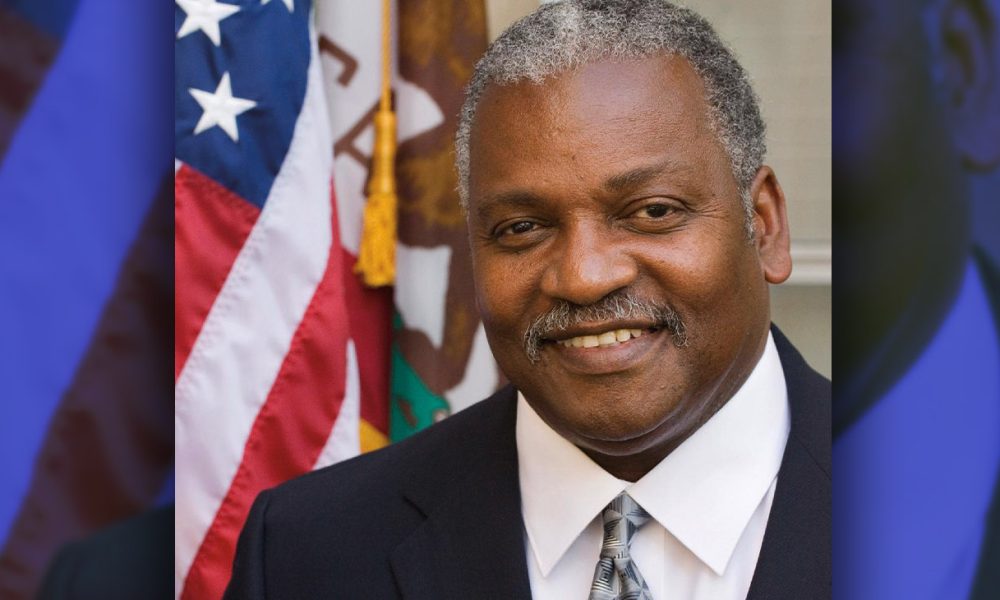
By Richard Johnson
When I heard that the Oakland Post was publishing a notice of a rally for D.A. Pamela Price at the Alameda County Courthouse Sunday, April 23 at 4:00 p.m. I told the publisher that I would invite some members of our newly formed organization, “Formerly Incarcerated Giving Back,” to attend the rally to show that we want to help rebuild trust and repair some of the harm that we caused to crime victims.
I plan to speak to as many people as possible that it is time for us to tell others, especially our youth, to lay down their guns and roll up their sleeves to work for positive change.
Given the recent upsurge in gun violence and random shootings, I have written this column for us to understand the dangers and costs associated with the proliferation of guns and why we must do something about it.
“Guns don’t kill people; people kill people,” is a slogan by the National Rifle Association. This statement seems self-serving for those who wish to pass the buck and not deal with reality: Guns are the tools that kill people, but it’s people who pull the triggers.
People kill for various reasons: mental health, hatred, gangs, drugs, or domestic violence, but when you remove the guns, the death toll drops significantly.
Furthermore, restricting gun access doesn’t eliminate the people’s Second Amendment constitutional right to keep and bear arms — on the contrary, what it can do is curb access to high-powered guns capable of mass murder, making it very hard for these guns to fall in the hands of people determined to kill people.
When you curb access, you minimize potential senseless killing by people with guns. Even though people have a right to arm and protect themselves, they also are expected to regulate their behavior and be responsible law-abiding citizens.
I firmly believe that those who stand in opposition to safer streets with fewer guns on them are catering to big business and politicians with ulterior motives.
The increased media attention is revealing to us that almost daily some people tend to snap, which often ends with some form of violence.
In the many countries where guns aren’t as easily obtained as they are here in the U.S. are not free of violence — it demonstrates that guns aren’t the main weapons used to inflict harm.
Our country has gunrunners importing and exporting weapons regularly. (I recently heard that a woman purchased more than 50 guns for a street gang she had ties to; chances are this isn’t an anomaly.)
Just like drugs, when you remove certain guns or make it harder to purchase deadly weapons, chances are fewer people will die by guns.
The proliferation of weapons capable of mass murder keeps our prisons, hospitals, graveyards, funeral homes, courts, probation, parole workloads, and much more filled to capacity.
When I saw that Ralph Yarl, a 16-year-old boy who went to the wrong address in Kansas City, Mo., to pick up his younger siblings and was shot for ringing a doorbell, I thought of my son and the children of mothers and fathers of all races who worry for their safety.
Let’s remember the messages of the singer Freda Payne “Bring the boys home, bring them back alive, it’s time to turn this ship (of state) around, lay your weapons down ….Can’t you see them trying to get home?”
